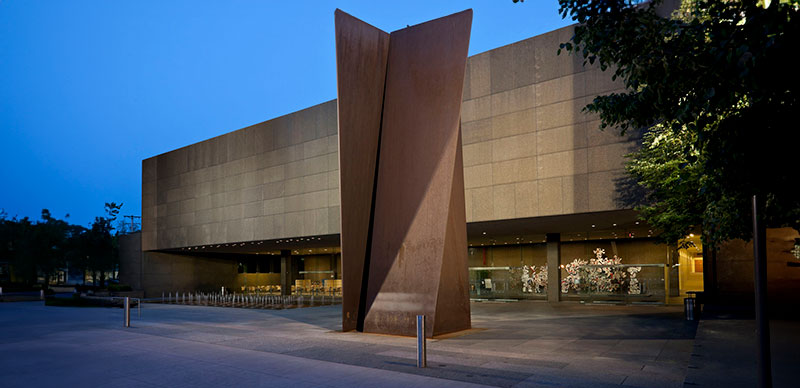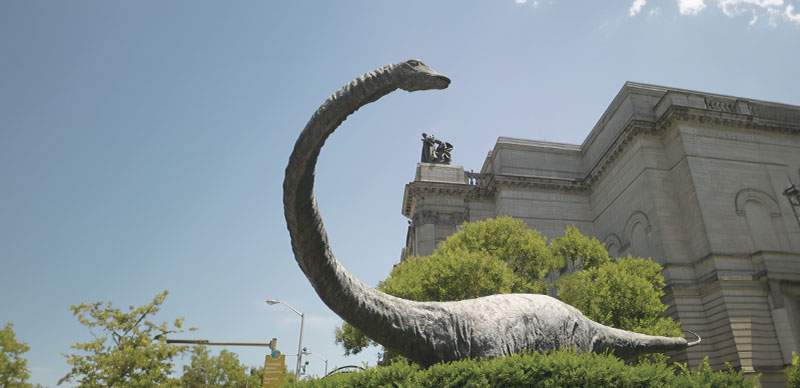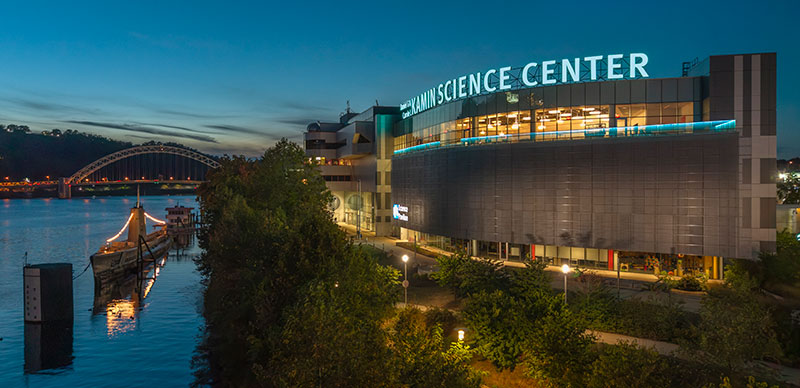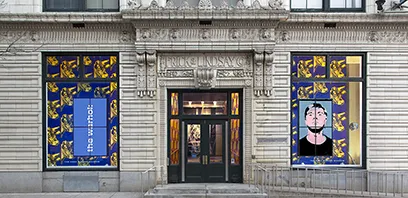
In every era, people have been divided by opinions that reflect the differing sources from which they receive information about what’s happening in the world around them, why it matters, and what to do about it. For many reasons, ours is an era in which the question of what sources to trust looms larger, perhaps, than ever before.
Among the many sources of information in our society, museums have long enjoyed significant levels of public trust. According to the National Awareness, Attitudes, and Usage Study, the nation’s largest ongoing study of perceptions and behaviors related to cultural organizations, in 2019 nearly 68 percent of Americans agreed that exhibit-based organizations (including museums and science centers) were trustworthy sources of information—more trustworthy than newspapers, nongovernmental organizations (NGOs), and state and federal agencies.
Four years after the COVID-19 pandemic forced the temporary closings of museums across the country, Americans’ trust in museums has only intensified. By mid-year 2024, more than 76 percent of Americans said they viewed museums as the most trustworthy among fellow information-sharing nonprofit institutions.
What the pandemic seems to have revealed was the lengths to which today’s museums go to earn such trust—both within and well beyond their walls. More than just collectors and caretakers of precious objects, and more than cherished places to visit, museums are proving to be invaluable community resources, and indispensable partners in the building of communities.
During the pandemic, the diverse virtual experiences created by educators at our four museums were lifelines for countless people, especially families, teachers, and students. Today, our curators are ambassadors to other museums, research institutions, educators, students, and the general public, balancing their traditional responsibilities with increased efforts to engage in conversations with their audiences.
More than just collectors and caretakers of precious objects, and more than cherished places to visit, museums are proving to be invaluable community resources, and indispensable partners in the building of communities.
In a story in this issue, Carnegie Museum of Natural History’s Nicole Heller, the world’s only curator of Anthropocene studies, talks about her role “curating conversations” that can help the public grapple with complex issues. Carnegie Museum of Art’s Alyssa Velazquez discusses her role as part curator/part community organizer for the Pittsburgh Satellite Reef exhibition in the Charity Randall Gallery. Her efforts included coordinating the assembly of crocheted “corals” created by 281 makers and maker groups across western Pennsylvania as part of a worldwide initiative to raise awareness about the ongoing destruction of coral reefs.
In another story, we read about co-creation, or “community curation,” as told by members of the Museum of Natural History team who worked with the Quapaw Nation both to repatriate ancestral remains and to help create the museum’s Keeping Traditions Alive exhibition. Over the past decade, Amy Covell-Murphy, the museum’s archeology collection manager, has forged friendships with members of the Quapaw, partly by traveling 962 miles to transfer human remains and participate in celebrations of Quapaw culture.
At a time, once again, of deep mistrust between information providers and their audiences, our museums embrace their opportunity to serve as trusted stewards of the knowledge they promote through the wonders of both art and science—and, in doing so, advance the creation of a better-informed and more hopeful world.
Steven Knapp
President and Chief Executive Officer
Carnegie Museums of Pittsburgh



